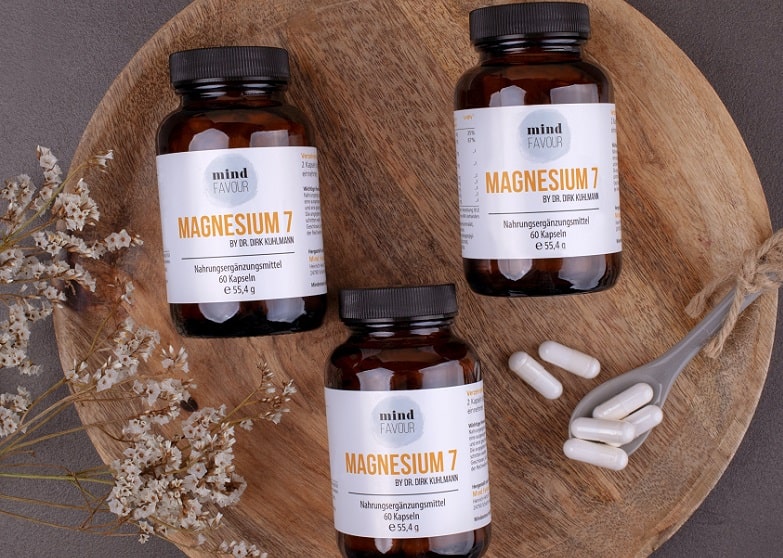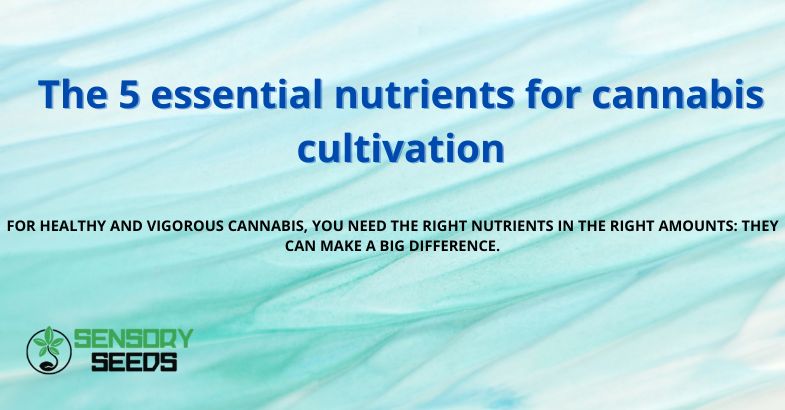Published on: 20/08/2023
FOR HEALTHY AND VIGOROUS CANNABIS, YOU NEED THE RIGHT NUTRIENTS IN THE RIGHT AMOUNTS: THEY CAN MAKE A BIG DIFFERENCE.
Cannabis (coming from marijuana seeds) is a resourceful plant, as versatile as it is demanding. Its cultivation requires special care and attention: light hemp professionals know how important parameters such as temperature and humidity are, but also the importance of nutrients for growth and abundant yields.
So let’s take a look at which five nutrients are essential for a quality cannabis crop, when they should be administered, and what causes them to be deficient
What are macro and micronutrients and why are they important for cannabis?
The nutrients in cannabis and cannabis seeds are divided into macro and micronutrients.
There are three essential macronutrients: nitrogen, phosphorus and potassium. Not surprisingly, these are the three chemical elements that appear, as a number, on fertilizer packages.
Then there are the secondary macronutrients, calcium and magnesium, which activate various processes during the different stages of the cannabis plant’s life.


Among the micronutrients, we find elements such as boron, copper, iron, manganese and zinc.
Both micro and macronutrients are essential for the growth of cannabis plants, whether they are strains adapted to cold climates or able to withstand warm temperatures.
Let’s take a closer look and discover the role of each.
Read also: This is the meaning of the term ‘Kush’
Nitrogen
Nitrogen (N), the chemical element most present in our atmosphere, is crucial for plant growth: it is part of the composition of chlorophyll, the substance that gives plants their pigment and absorbs sunlight to create sugars essential for plant survival.
Nitrogen is also part of the protoplasm, a part within the plasma membrane that collects nutrients essential for plant health. It is very important for the vegetative and flowering phase of cannabis. It is also a mobile nutrient that cannabis can “move” from older to younger leaves as and when needed.
A nitrogen deficiency slows down growth, makes the leaves turn yellow and causes them to fall off.
Phosphorus
Along with nitrogen and potassium, it is one of the three main macronutrients that cannabis absorbs as an anion.
Phosphorus (P) is involved in all phases of cannabis growth: it aids in photosynthesis, nutrient uptake and metabolism. It also improves water absorption and helps convert starches into sugars. Phosphorus is also crucial for the transmission of genetic traits from one generation to the next.
Phosphorus is a mobile nutrient, like nitrogen, and its deficiency is manifested by discoloration of the leaves (“chlorosis”): from green to yellow and brown to blue spots, as well as hard and dry, which compromises the harvest.
Potassium
Potassium (K), the third of the key macronutrients, is a mobile nutrient found in the soil, especially in clay-rich soils. Essential for all life stages of cannabis (like the weed seeds stage too), potassium helps the plant resist disease, infection and low temperatures, supports growth, strengthens stems and buds, and plays a key role in photosynthesis.
The potassium cycle means that plants absorb potassium from the soil in the necessary quantities, while the rest is transported by rain to the sea from where, after evaporation and transformation into water vapor, it returns to the soil.
Potassium deficiency causes the leaves to become dull: they turn from green to yellow or brown, shrivel and darken so much that they look burnt.
Deficiencies develop much more often in soil and other growing media. The most frequent visible symptom is a brown or yellow discoloration at the tips and edges of the leaves. Over time, they shrivel and take on a burnt appearance.


Calcium and magnesium
Calcium and magnesium are considered secondary macronutrients: they must be present in the correct amounts for cannabis crops to thrive.
Calcium is a necessary element for the integrity of the plant’s cell walls, as well as for hormone regulation. Magnesium is involved in photosynthesis processes and in the synthesis of proteins, enzymes and phosphates.
How and when to dose macronutrients
The dosage of the macronutrients depends on the phase of the cannabis life cycle (such as fro fast flowring seeds).
Vegetative phase: from the fourth week onwards, the three basic macronutrients nitrogen, phosphorus and potassium (N-P-K) should be dosed with more nitrogen and potassium (250 ppm) than phosphorus. The ratio between the three NPK nutrients should be 2:1:2.
Flowering phase: The dosage changes according to the flowering phase. At the beginning of flowering, the NPK ratio should be 5:7:10. In mid-flowering, the most commonly used nutrient solution is 6:10:15. Towards the end of flowering, the most common ratio of nitrogen, phosphorus and potassium is 4:7:10 (with a clear predominance of phosphorus and potassium over nitrogen).
Read also: Cannabis strains that can brave colder climates
In conclusion
Nitrogen, phosphorus and potassium are the three essential macronutrients in cannabis, which together with calcium and magnesium, the two secondary macronutrients, and the micronutrients are involved in all phases of the plant’s life cycle.
Micronutrient deficiencies can cause serious damage and impair growth and yield, as can heat stress.
The vegetative and flowering phases require precise doses of the three macronutrients: fertilizers are available on the market that are already perfectly dosed for each phase.









